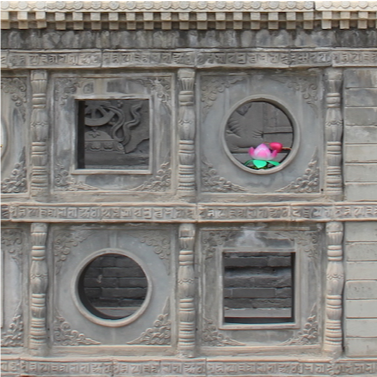
Asian Architecture on the Cultural Borders
Lectures (5)
Loading Accordion Items...The Overview
This course focuses on the architecture in areas where different cultures meet. Often located in a region bordering different ethnic or religious groups, architectural traditions in these areas are often neglected in standard narratives in architectural history since they don’t fit squarely into any fully established historical categories, such as Chinese or Japanese. Many such areas also used to be independent kingdoms in history, for instance, the area known as Okinawa used to be the Kingdom of Ryukyu, which was only assimilated into the Japanese Empire in the late 19th century. Thus, the established categories in architectural history are product of recent and contemporary political situations and an understanding of the cultural borders can help to restore a more balanced view on architecture and global cultures. Such a course will contribute to the knowledge of global architecture not only by filling in the gaps among “major” cultures and traditions, but also because they can help to explain the formation and diversification of those more scholarly recognized traditions with their more well-known examples.
The proposed module (Module I) highlights the cultures along the northern, northwestern, southwestern, and southeastern borders of the Chinese civilization. The first lecture will focus on the historical regime changes and population movements in the targeted regions, which has resulted in the formation of “cultural borders.” Each of the four following lectures will zoom in to one of such “Cultural Borders,” introducing the history, geography, religion, and culture of the region, followed by a chronological survey of major architectural examples. The lectures proposed in this module will cover architectural traditions from the following areas: Okinawa, Japan (historic Ryukyu Kingdom); Yunnan, China (historic Nanzhao & Dali Kingdoms); Ningxia & Gansu, China (Sinicized Islamic ethnic groups); Inner Mongolia, China (mixture of Tibetan, Mongolian & Chinese cultures).
Two more modules of three or four lectures for each can be created in the future on other cultural border areas, for instance, areas along the borders of Indian (Module II) and the Islamic (Module III) civilizations, to complete the course. Possible topics for some lectures in future modules are suggested in the syllabus for consideration.


